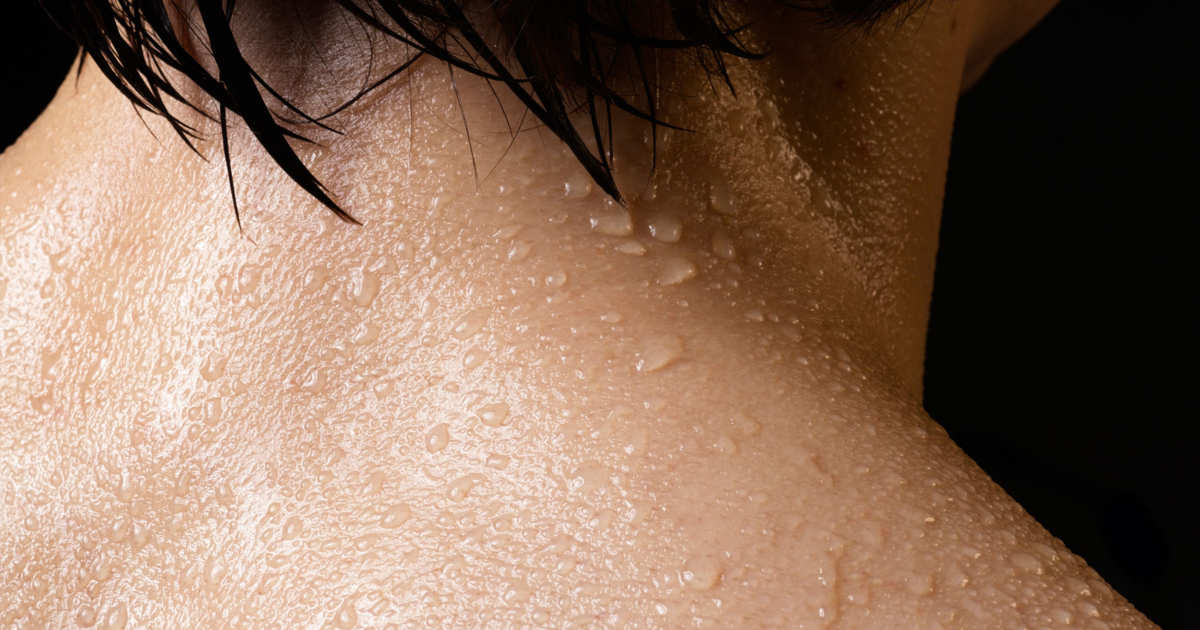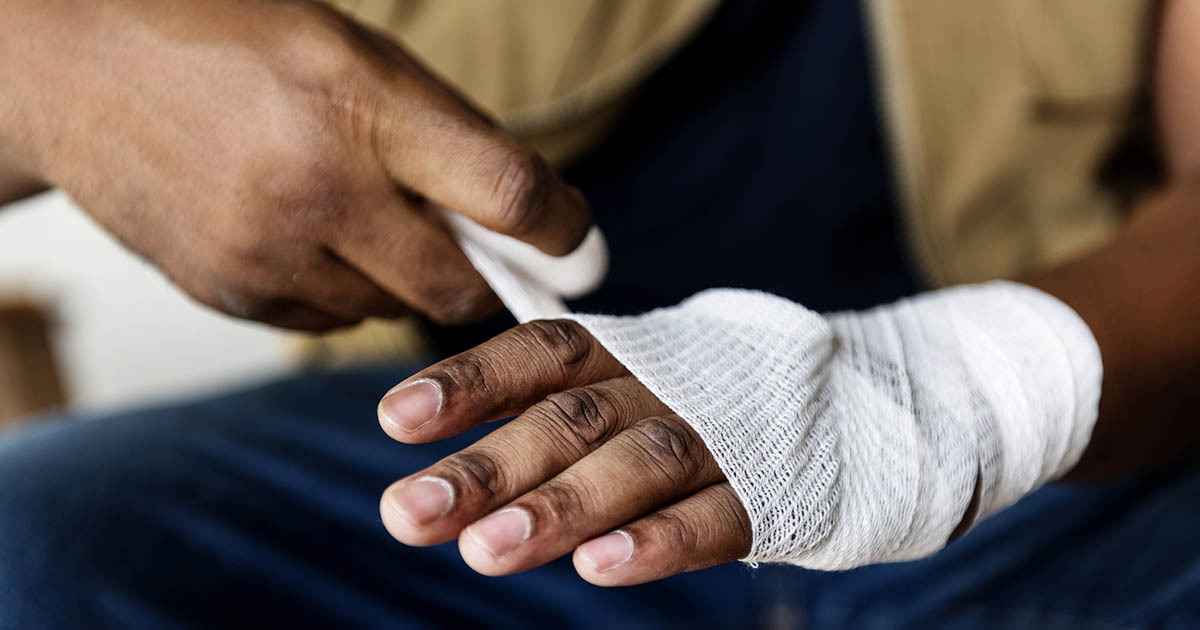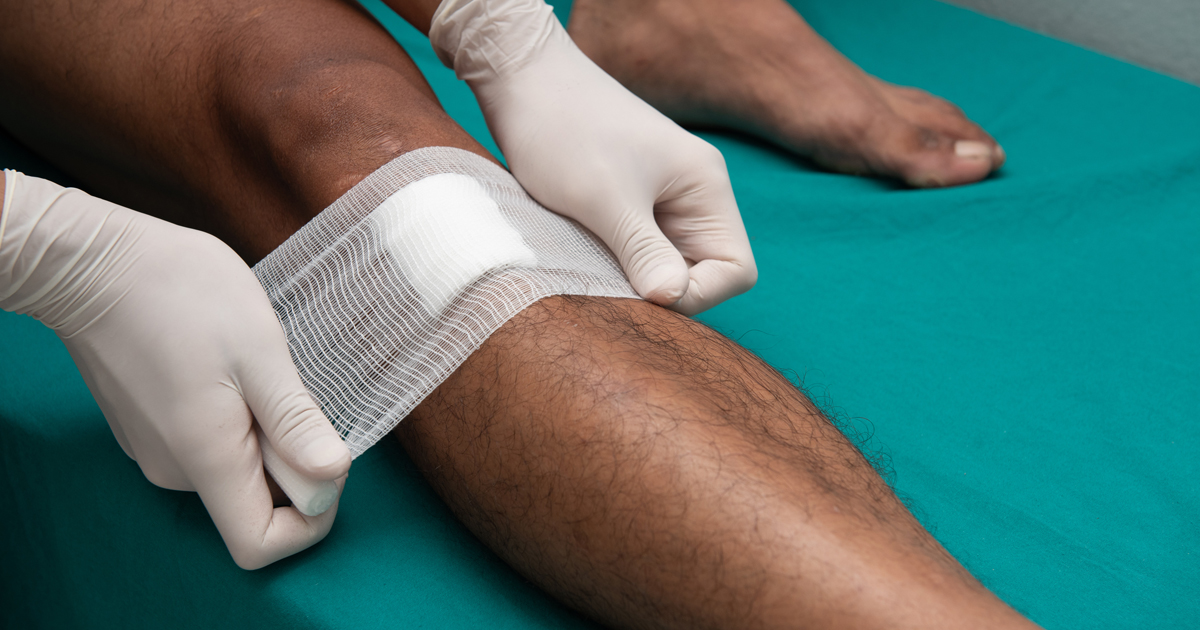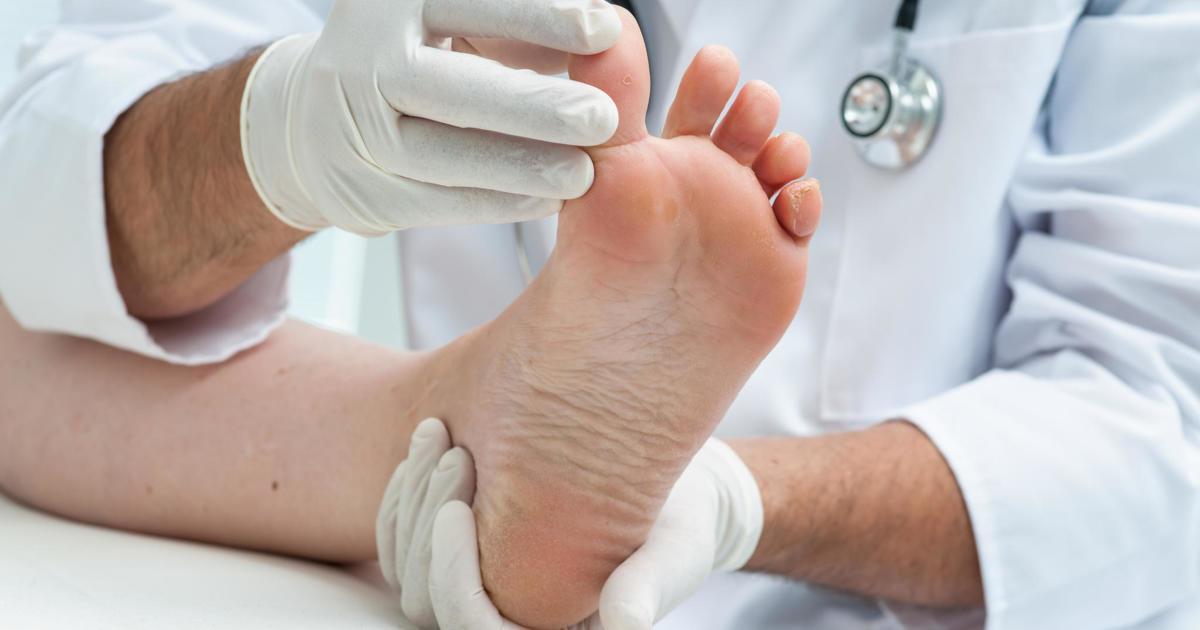Common Causes Of Macerated Skin
Macerated skin is a common condition that results from the skin being in contact with large amounts of moisture for a lengthy period. When individuals are suffering from macerated skin, they'll likely notice the skin has become wrinkly and appears to have a lighter color to it. The skin may also feel wet and soft when touched. The most common reason for this condition to develop on the skin is because individuals haven't properly cared for a wound. When the skin surrounding the wound becomes macerated, individuals will experience a small amount of discomfort and pain along with slower wound healing.
Macerated skin also increases the possibility for the skin to become infected. Since macerated skin can vary in severity, the treatment option used for this condition depends on how severe it is. If the case is mild, exposing the skin to air should be enough to get rid of the macerated effect. Treatments for more severe cases center around wearing specific dressing and bandages over the affected area. Learn about some of the other causes of macerated skin now.
Hyperhidrosis

Hyperhidrosis is a condition that can cause an individual to experience excessive amounts of sweating. While sweating is an important element of cooling the body, high amounts of sweat can lead to the development of this condition. The extra moisture created by hyperhidrosis invariably increases the likelihood the skin will become macerated. This condition is usually restricted to specific areas of the body like the soles of the feet, palms of the hands, and underarms. The most common locations for this condition are the feet. When individuals wear shoes and socks, the environment surrounding their feet will be warmer and sweatier, which can make it more difficult for the feet to dry properly. If the presence of this condition causes maceration in the feet, it's important to keep in mind severe cases of maceration can cause trench foot. Most cases of this condition begin in childhood and occur because of a family history of suffering from excessive amounts of sweating.
Continue for details on more causes of macerated skin now.
Third-Degree Burns

Third-degree burns are the most severe types of burns. The skin surrounding these burns are more susceptible to becoming macerated, which is something patients should look out for as they recover from the burn. When individuals are trying to determine how severe their burns are, it's important to understand third-degree burns occurs when the burn has gone past the outer layer of skin, known as the epidermis, as well as the lower layer of skin, referred to as the dermis. These burns will adversely affect the deeper tissues below these two layers. The result of a third-degree burn is the skin will be charred and will appear black or white. The skin will also likely be numb because of the damage done to the sensory nerves surrounding the skin. Treating these types of burns can be difficult and will take longer to complete than treatment for less severe burns, which heightens the risk of macerated skin.
Uncover more causes of macerated skin now.
Venous Ulcers

Another type of wound that can make individuals more susceptible to suffering from macerated skin is venous ulcers. These ulcers regularly occur in the ankle or leg and are caused by veins that have become damaged or abnormal. These ulcers are slow to heal, which heightens the likelihood the skin will become macerated. Because the circulation of blood is adversely affected in the surrounding area, these ulcers can take anywhere from several weeks to a few years to heal properly. A venous ulcer is more likely to develop in older individuals. Individuals who have had a previous leg injury, are currently obese, or suffer from varicose veins, have a higher chance of developing venous ulcers. The main symptoms of a venous ulcer include dry skin, brownish discoloration around the rash, and the oozing of fluid directly from the site. This fluid will smell bad, which is also a strong indicator. If the venous ulcer isn't treated promptly, the area can become infected.
Learn more about ways in which macerated skin can be caused now.
Poor Hygiene

Poor hygiene is another major cause of macerated skin. This is particularly common among individuals with incontinence as well as individuals who remain in bed for lengthy periods because of a disease or condition they're dealing with. Along with the development of macerated skin, poor hygiene will also increase an individual's chances of being affected by certain fungal and bacterial infections. Patients should also check any areas on their skin with folds of skin. If the areas located between these folds are wet or damp in any way, it's possible for the skin to become macerated in that area. Individuals should also make sure to dry their feet thoroughly before they put socks on.
Get to know the next cause of macerated skin now.
Diabetic Ulcers

Diabetic ulcers develop on the feet and can occur if diabetes has been poorly controlled and managed. As such, the skin tissues on the feet will break down and cause the lower layers of skin to be exposed. These ulcers will usually take place around the balls of the feet or at the big toes. While diabetic ulcers can occur in anyone suffering from diabetes, it's possible to prevent these ulcers if patients take good care of their feet. If patients notice an area of their foot has become reddened, swollen, and irritated, they could be suffering from a diabetic ulcer. It's essential to obtain treatment immediately if patients believe their foot is affected by a diabetic ulcer. If left untreated, the foot may need to be amputated.
